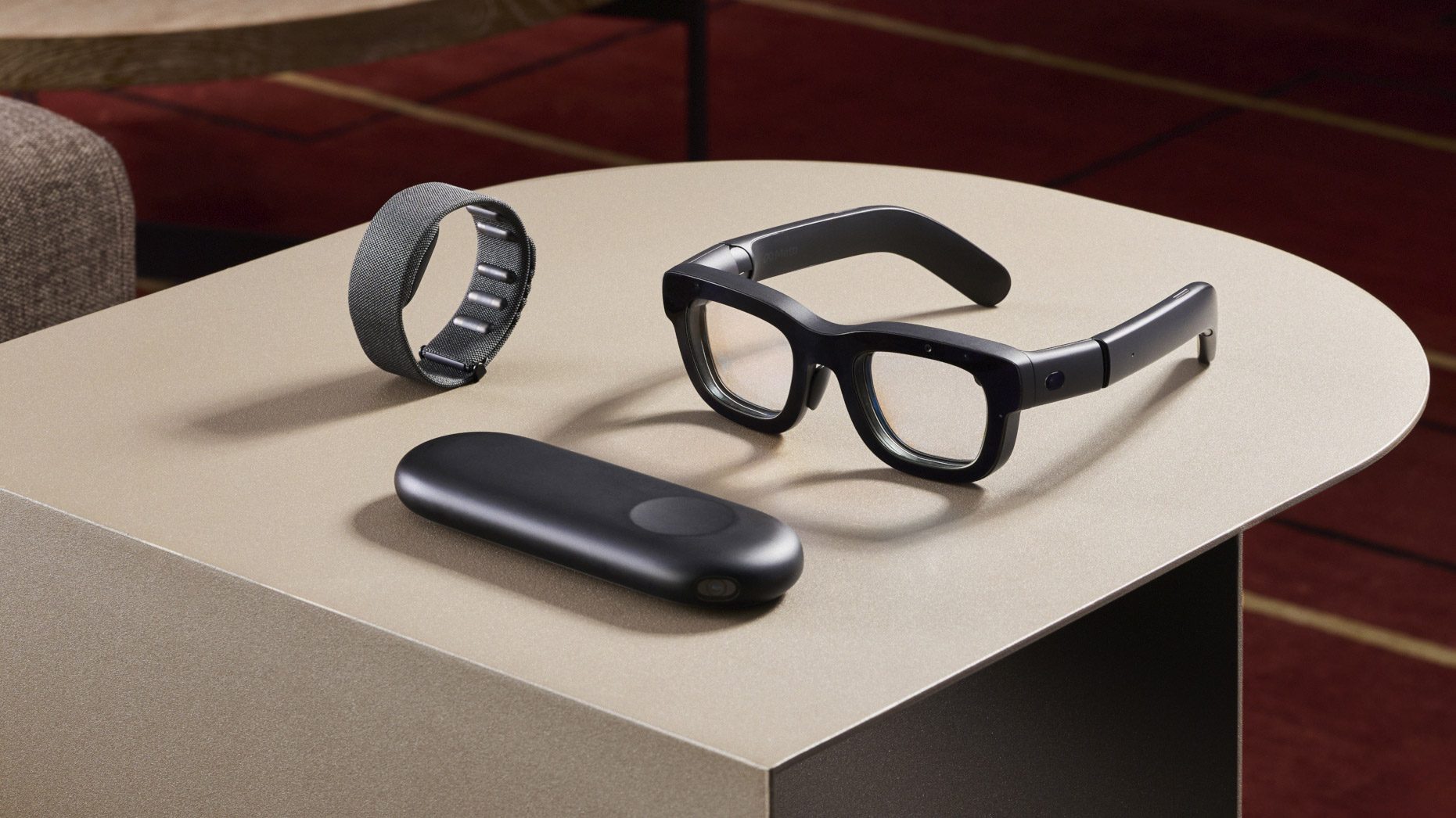Shaving off weight and boosting performance are crucial in advancing standalone XR headsets. Meta recently showcased its Orion AR glasses prototype that utilizes a wireless compute unit. However, Meta’s CTO, Andrew Bosworth, believes that this setup isn’t a panacea for standalone VR gaming.
Bosworth, who oversees Meta’s Reality Labs XR team, shared his thoughts in another of his Instagram Q&A sessions earlier this week. These sessions often cover a mix of topics, from work-related discussions to more personal insights.
During his latest Q&A, Bosworth delved into wireless compute units, expressing why the company finds them ill-suited for standalone VR headsets.
Caption: Meta Quest 3S | Image courtesy Meta
“We have looked at this a bunch of times,” Bosworth remarks. “Wireless compute pucks just really don’t solve the problem. Even if you’re wireless, the headset still has a battery, significantly contributing to its weight. Sure, you might gain some thermal efficiency, potentially enhancing performance, but bandwidth limitations due to radio use come into play,” he explains.
Setting technical hurdles aside, Meta is primarily focused on creating products that are accessible to the average consumer. Their latest offering, the Quest 3S, is priced competitively, starting at $300 for the 128GB model. Bosworth adds:
“You’ve raised your cost significantly because even if the major silicon is in the wireless compute puck, you still need considerable silicon to power the displays, perform local corrections, and manage data streaming. Ultimately, it just doesn’t add up. The weight savings are minimal, yet the cost and complexity skyrocket.”

Caption: Meta’s Orion AR Glasses Prototype | Image courtesy Meta
This perspective contrasts with Meta’s Orion prototype, which does use a wireless compute unit. That said, the Orion won’t be hitting store shelves due to its exorbitant production cost—reportedly around $10,000 per unit, thanks to its complex silicon carbide lenses. In some scenarios, like delivering less immersive visuals to AR glasses, wireless pucks do make sense, though.
Bosworth also noted that the company’s first consumer AR glasses won’t be priced like the Quest when they eventually arrive. Back in September, he mentioned that these AR glasses “won’t be cheap,” but the goal is to position them “at least in the realm of phone, laptop territory.”















































